Devil General, Kato Kiyomasa  (July 25, 1562-August 2, 1611) was a Japanese daimyō of the Sengoku and Edo period.)
(July 25, 1562-August 2, 1611) was a Japanese daimyō of the Sengoku and Edo period.)
Pretty scary guy, especially dealing with the Christians. (Click the image to see better)
A ferocious fighter and often ruthless, Katô Kiyomasa was a warrior, nothing more, nothing less. He wrote to his followers later in his life that poetry and dancing were shameful pastimes for a samurai, and ordered anyone who found himself engaged in the latter to commit suicide. His cruelty and love of combat (for sport, he hunted tigers with a spear in Korea) earned him the nickname Kishokan, or, ‘Devil General’. (via)
Another July 25 birthday person was Thomas Eakins who was born in 1844.
Thomas Eakins 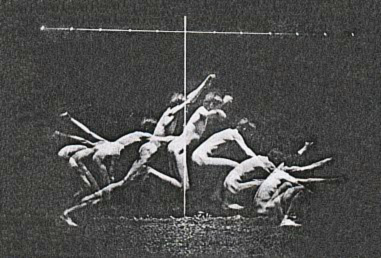
Where Muybridge’s system relied on a series of cameras triggered to produce a sequence of individual photographs, Eakins preferred to use a single camera to produce a series of exposures on one negative. (via)
Are you familiar with this image? Here is his Walt Whitman.
Eric Hoffer the author of the True Believer and Elias Canetti were born on July 25 three years apart.
This Nobel prize winning author is more known for “Crowd and Power” and “Auto-Da-Fe”
Elias Canetti 
His Aphorisms – Canetti-scope (Mixed with his planets from his horoscope)
*Today everyone takes part in public executions through the newspapers.
*Most religions do not make men better, only warier.
*There is no such thing as an ugly language. Today I hear every language as if it were the only one, and when I hear of one that is dying, it overwhelms me as though it were the death of the earth.
My favorite book by Canetti is “Kafka’s Other Trial” – Kafka’s Letters to Felice B.
Canetti sees that writers are responsible of the preservation, revivification, and invention of the life-sustaining myths and their meaning. Tolstoy is rejected as a model for having “struck a kind of pact with death” in his late turn to religion, and Kafka emerges “among all writers as the greatest expert on power”.(Via)
The Odd Bod (In literary London, Elias Canetti was everybody’s favorite refugee, by Jonathan Wilson.)
Iris Murdoch, Canetti’s lover for three years from 1952, gets absolutely and cruelly ripped, as a lover, as a novelist, and as a philosopher.
Canetti appeared in Iris Murdoch’s novels as..
he spawned in her not just mysterious power-broking Mischa Fox, but also demonic puppet-master Julius King in A Fairly Honourable Defeat, and rapacious woman-hating tyrant Charles Arrowby in her Booker-winning The Sea, The Sea. (Fox on the Loose)
In Party in the Blitz Canetti exacts his vengeance on her. “Everything I despise about English life is in her,” he declares. His portrait of her, though “caricature” is surely a better word, fairly seethes with venom and bile. He scorns everything from her enthusiasms for Sartre and Heidegger to the diaphanous blouse she wears to a meeting with Canetti and his friend the aristocratic Aymer Maxwell. He describes in detail the circumstances of their love-making–“she had things on that didn’t have anything remotely to do with love, it was all woolen and ungainly”–and, even worse, he is dismissive of her gift:
Iris is what I would call an “illegitimate” writer. She never suffered from having to write. There was always something schoolgirl-like about her, even after twenty-four novels, and if not schoolgirl-like, then schoolmarmish, which in a writer is even worse.
It is a pity that Party in the Blitz should stand as Canetti’s last word. He was, in his way, a great figure, one of the last of those omnivorous intellects produced by Old Europe in its dying decades before the catastrophe of World War II. If Auto-da-Fé is more impressive than satisfying, Canetti’s Crowds and Power, which grew out of the disastrous politics of the 1930s, will surely survive. For all the cruelty of his late judgments on those he loved and those who loved him, it is well to heed the warning of Murdoch’s biographer Peter Conradi: “Those wishing to honour Iris’s reputation must fight the temptation to blacken Canetti’s.”
Monster’s Ball by John Banville)
July 26 birthday boys – Aldous Huxley, Stanley Kubrick and Carl Jung (Previously here and here ).
You can see Huxley here. (Mike Wallace interviewed him)
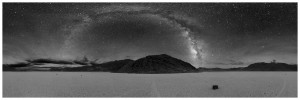

 (July 25, 1562-August 2, 1611) was a Japanese daimyō of the Sengoku and Edo period.)
(July 25, 1562-August 2, 1611) was a Japanese daimyō of the Sengoku and Edo period.)



 <> <> <> <> <> <> <> <>
<> <> <> <> <> <> <> <> 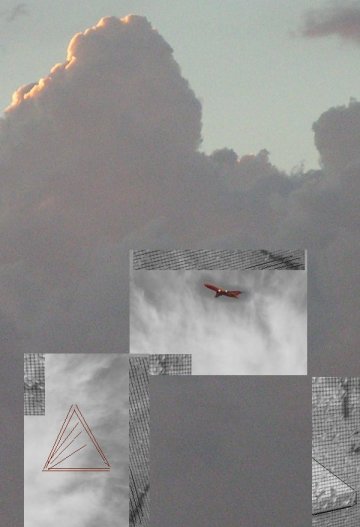
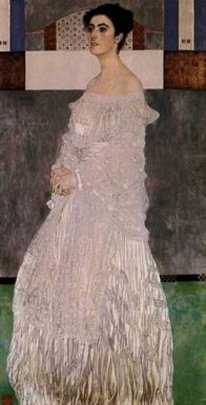
 by Bruce Conner
by Bruce Conner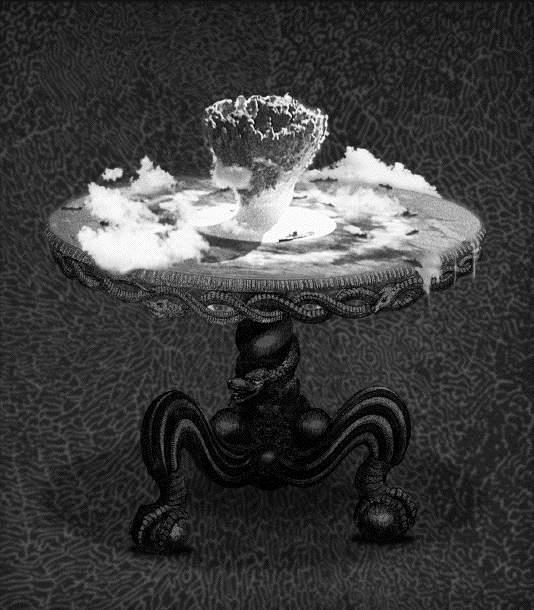
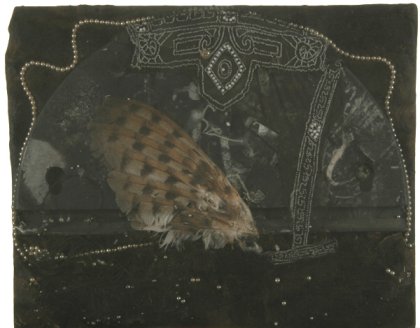
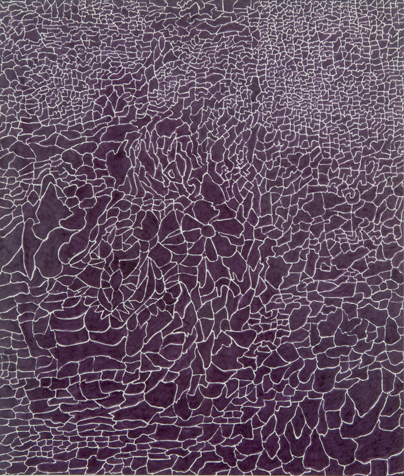
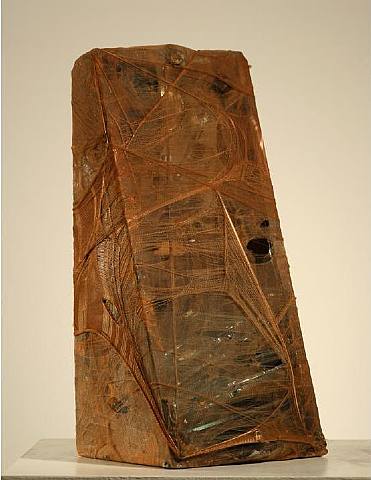 Metronome Cocoon
Metronome Cocoon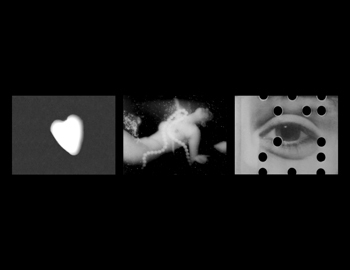 (
( (
( Table by Scott Burton
Table by Scott Burton

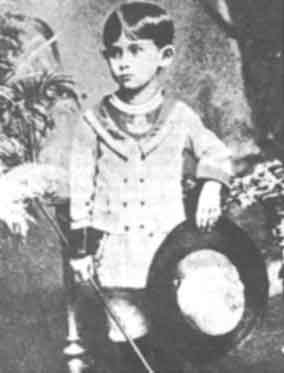


 (
(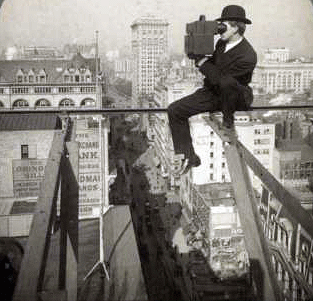 (
(